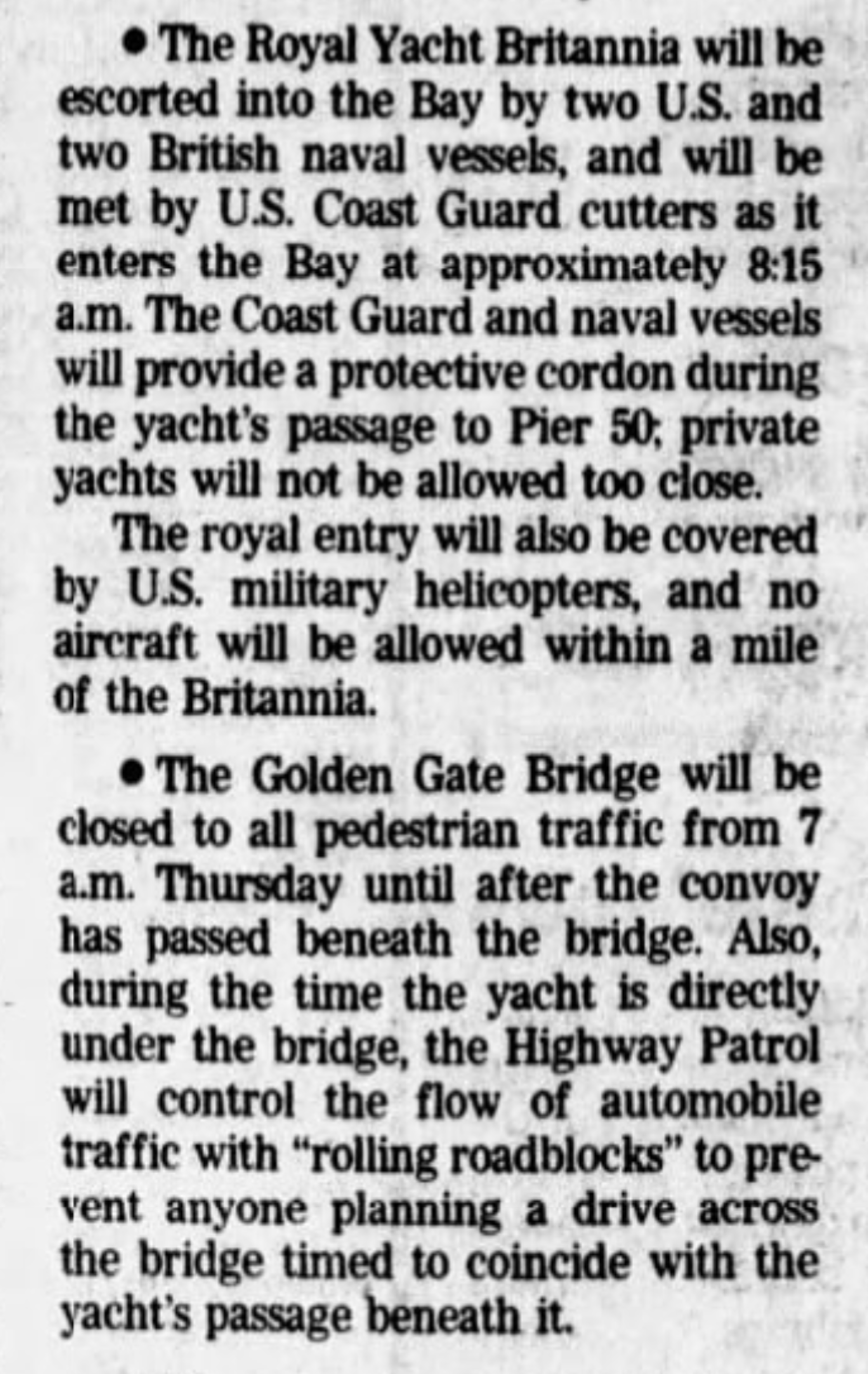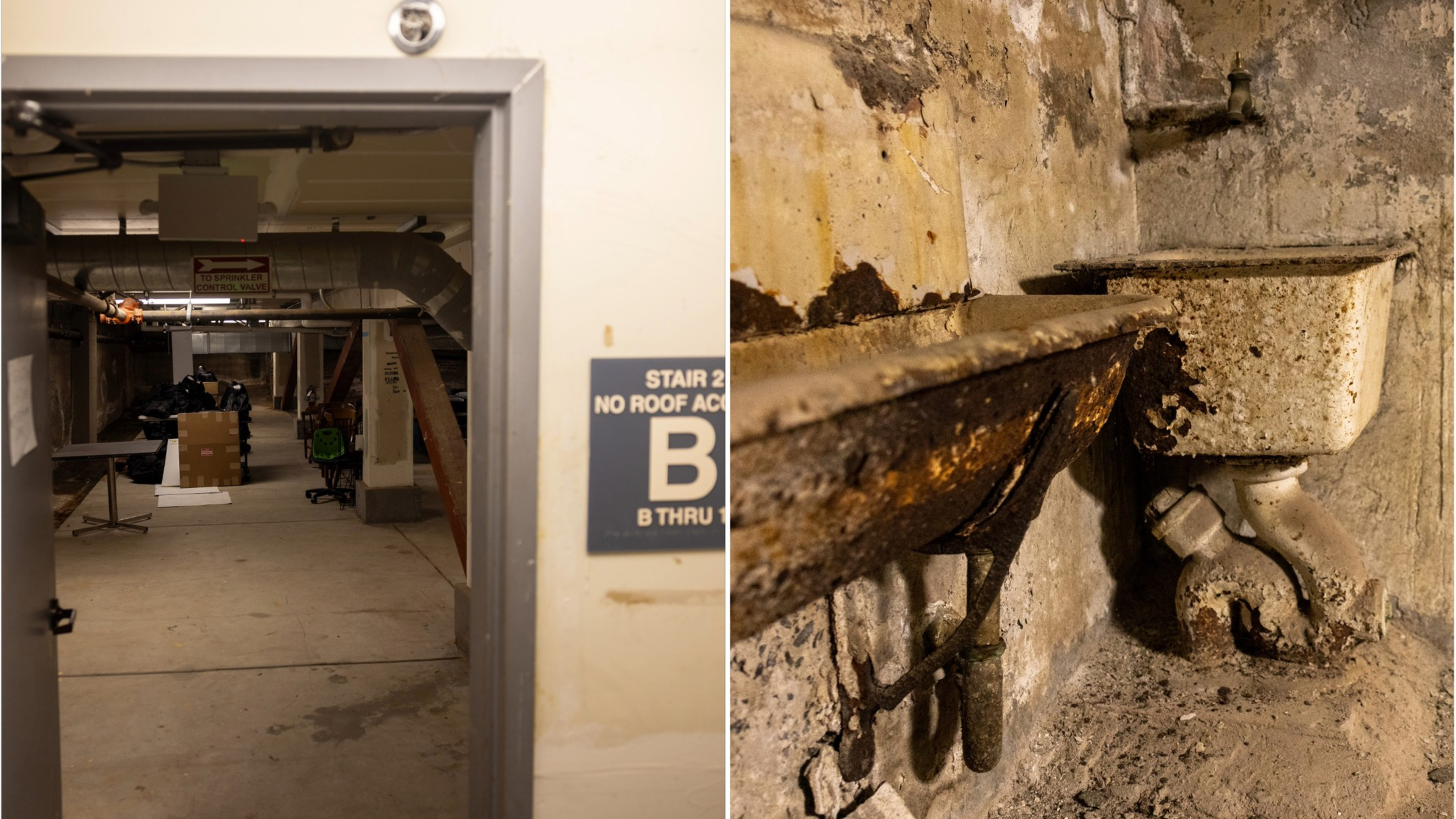More than 5,000 miles separate the Bay Area from Dublin and Belfast, but the ghosts of Ireland’s past never feel very far away here.
San Francisco has a long Irish history, dating back to the Gold Rush. City records estimate a third of San Francisco’s workforce was of Irish descent by the 1880s. An Irishman, Jasper O’Farrell, of O’Farrell Street fame, also designed the city grid, meaning that the very fabric of San Francisco is, in effect, Irish.
But history lessons can be a tad dry. They always go down better at the bar of the Dovre Club, washed down by multiple pints of the black stuff served up by bartender Brendon “Elvis” McElhatton, who’s been pulling them there since 1999. I wanted to know if some local shenanigans I’d heard about were authentic Irish history or blarney, so I made my way down there and claimed a stool.

The Dovre Club is steeped in San Francisco Irish folklore. The walls are adorned with newspaper clippings about the bar and its former owner, Patrick “Paddy” Nolan. Hunter S. Thompson is said to have drunk there with journalist Warren Hinckle, a friend of Nolan’s. Photos of Nolan hang alongside Irish memorabilia and a banner reading “Free the H-Block 4.” (More on that later.) The Guinness is creamy, delicious and served the proper way.
One raucous tale I sought to verify had to do with piglets and a posh hotel. As the legend goes, Nolan, a staunch advocate of Irish Northern Aid, a major faction in the movement to unite Ireland into a single nation, was behind a prank that involved backing a truck full of live piglets up to the entrance to the Westin St. Francis and releasing them into the lobby.
The stunt, it’s said, was in protest of the presence at the hotel of Princess Margaret, Queen Elizabeth’s sister. The pigs referenced a remark allegedly made by the princess during a dinner with Chicago’s mayor in the late 1970s. The rumor that she had denounced the Irish as pigs caused international uproar during a bloody time in Northern Ireland.

Sadly, I could find no newspaper archive clippings to verify this squealing act of resistance against the British monarchy. Still, Irish protesters did gather outside the Fairmont Hotel on Oct. 22, 1979, where the princess was attending a dinner-dance at the Venetian Room alongside guests such as Bob Hope and Tony Bennett. At least one of the 200 angry Irish protesters brought a live piglet—named Jigs, San Francisco Examiner archives show.
Nolan never had children and died of throat cancer in 1996, leaving his storied Mission District bar to Brian McElhatton, who died of brain cancer in 2008. Elvis is Brian’s younger brother, and probably one of the only men alive who might know the truth about the piglets. But when I asked about them, he simply laughed and said, “That’s classic gossip!”
Potato bombs from the Golden Gate?

Another tale claims that when the late Queen Elizabeth visited San Francisco in the 1980s, Irish protesters stood on the Golden Gate Bridge with a sack of potatoes, hurling them at the royal yacht Britannia from above.
This one, too, merits a fact-check. For one thing, “it was pig’s blood,” Elvis said. “We’ve got to keep our potatoes. We don’t waste that shit.”
It also never made it past the plotting stage. Police caught wind of the scheme, but many of the cops, being Irish themselves, refused to intervene, according to Elvis.
The plan never came to fruition, as the Golden Gate Bridge walkways were closed, he said. FBI documents (opens in new tab) allege there was a plot to kill the queen that involved dropping something off the bridge toward the royal yacht during her 1983 visit. The files name the Dovre Club as a gathering place for Irish Republican Army sympathizers.

A related legend claims Nolan and friends loaded boats with rotting fish and tailed the royal yacht so that seagulls would flock over the Queen’s fancy floater and play havoc with its sophisticated radar systems—or perhaps just cover it in poop. Alas, no newspaper clippings could be found to corroborate this tale either. But news clips do show a tight cordon was enforced by the U.S. Coast Guard to keep private vessels away from the royal yacht.
I asked Elvis about this tale, too. “Never let the truth get in the way of a good story,” the bartender said after serving me another Guinness.
Rumors of a secret IRA safe house
Dovre Club’s former home, at the corner of what is now the Women’s Building, is rumored to have harbored Irish political prisoners in a secret basement before the club moved to the corner of Valencia and 26th streets in 1998.
The basement exists. I went to see it for myself, guided by the building’s facilities manager, Julio Artiga, who had no idea his storage room may once have been a refuge for IRA members and the like. The bar above is now a day care center, but old metal doors that lead to the street can still be seen from below, as can an ancient-looking washbasin and urinal—what more does a wayward Irish son need below a bar?
I was dying to know whether it really did stash prisoners. But when I asked Elvis about it; the color drained from his otherwise rosy complexion, and he shook his head.
“I’ve already got enough enemies, and I’m not trying to make any more,” he said.

The legend of the H-Block 4
San Francisco Irish history is forever entwined with the story of the H-Block 4, four prisoners who escaped from Long Kesh, the infamous British prison in Northern Ireland—known as the Maze—in 1983. No tale of Irish San Francisco is complete without mentioning the escapees.
The men found sanctuary in the San Francisco Bay Area; one was extradited, one was deported and two stayed behind. One, Terry Kirby, lives in the East Bay. A phone call to Kirby’s home was answered by a woman with a faint Irish accent who said they weren’t interested in talking about Irish resistance in San Francisco before the phone slammed down.

The youngest of the four, Kevin Arrt, lives in San Francisco. I found an address for him and visited the street, but the door number didn’t exist. One door number up, a man stood outside a house.
“I’m looking for a man named Kevin,” I asked him.
He froze and then spoke back in a Northern Irish accent.
“What do you want him for?”
I explained my quest.
“I know Kevin, but he doesn’t live on this street. Give me your number, and I’ll have him give you a call.”
A phone call from a blocked number came a day later, and Kevin—who was the man I’d met on the street—apologized for his deception. He said my British accent had scared the life out of him, thinking I was an assassin. (Do assassins wear corduroy trousers, too?)
Kevin did not want to comment for this story, stating he’d prefer to stay under the radar after clearing his name (opens in new tab) in Northern Ireland in 2020. He now wishes to retire in peace and said all the men with direct knowledge of any resistance acts in San Francisco, humorous or otherwise, were likely all dead.
Still, if you want to drink among some real San Francisco Irish history this St. Patrick’s Day, Dovre Club is open from noon until 2 a.m., with corned beef hash served around 3 p.m.
Writer’s note: I grew up in Manchester, England, but feel it’s important to say my dad grew up in Roscommon, Ireland, in this very farmhouse (opens in new tab), which is about as Irish as you can get. I’m an Irish citizen (thanks, Brexit). And if Ancestry’s DNA test is to be believed, my mother is about 20% Irish, too. Erin go bragh.
